 Chokkura plaza by Kengo Kuma and Associates
Chokkura plaza by Kengo Kuma and Associates
Although the debate about ORNAMENT in contemporary architecture and design is a bit more complex than what we will mention here, i wanted to share this combination of works by different offices plus an extract of a text by Oliver Domeisen included in DETAIL magazine (nov-dec 2008). Hope you like it and makes u start thinking about this concept in today’s art, design and architecture fields:
There never actually may have been a singular notion of ornament. We have to understand that historically most concepts of ornament were circumscribed in times of crisis, which indelibly tainted their outlook.
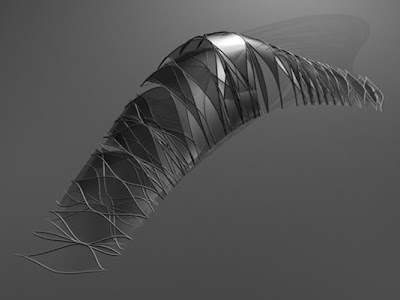 urbnundrgrn by a10studio
urbnundrgrn by a10studio
New methods of digital manufacturing (CNC milling, laser cutting, robotic bricklaying, etc), finally allow for intricate and complex forms to be translated from digital modeling into built reality.
 SUR pavillion (PS1), by xefirotarch
SUR pavillion (PS1), by xefirotarch
If we cast our eye over the architectural ornaments produced across diverse historical periods and geographical cultures, we can detect certain commonalities. Ornament most commonly occurs in the margins and between things. There can either highlight or disguise a joint. At the same time, ornament serves as a frame, surrounding doors and windows, it negotiates between inside and outside or, as in a picture frame, between reality and fiction.
 Tea & Coffee Towers for Alessi by Greg Lynn FORM
Tea & Coffee Towers for Alessi by Greg Lynn FORM
While ornament here acts as a form of containment, it also allows for the contained to connect to a variety of contextual elements, physically and symbolically. Ornament is always a method of translation; it can absorb anything from plants, human bodies and animal parts to militaria, geometric patterns, heraldry and text, and adapt them to the architectural idiom through material transubstantiation, chromatic rephrasing, rescaling or flattening.
 Fleshless floring by commonwealth
Fleshless floring by commonwealth
Ornament often implies dynamic forces, such as movement or growth, that are not present in the tectonic make-up of a structure. These can appear expansive as in directional linear motifs and the radial expansion of surface ornament, or as intricate convulsions that determine the internal coherence of self-contained ornamental objects.
 Beast Chaise lounge by Neri Oxman
Beast Chaise lounge by Neri Oxman
Frequently, ornamental motifs are derived from nature precisely for that reason: to instill life into the inert matter of architecture by emulating nature’s growth, balance and dynamism. Ornament is never “the real thing”.
 Maximilian’s Schell by Ball-Nogues studio
Maximilian’s Schell by Ball-Nogues studio
The distribution of real objects for aesthetic purposes belongs to the realm of decoration, following the rules of “decorum” (fashion, propriety) rather than those of “ornamentum”.
 Leaf Chapel by KleynDytham
Leaf Chapel by KleynDytham
As an image of combination, ornamental transformations often result in the creation of hybrids, fantastical beasts and monsters, making ornament the home of metamorphosis, transgression and animation.
 vousoir cloud by IwamotoScott
vousoir cloud by IwamotoScott
Ornament is not truth.
It favors mimesis, deception, illusion and, most important, pleasure and beauty, which render utility acceptable and entertain the eye as well as the mind.
 vousoir cloud by IwamotoScott
vousoir cloud by IwamotoScott
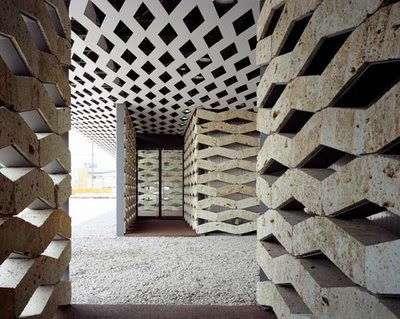


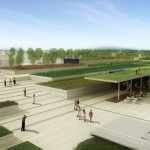
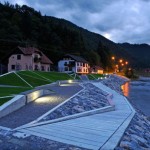
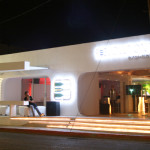



I’ll post the same information to my blog, thanks for ideas and great article.